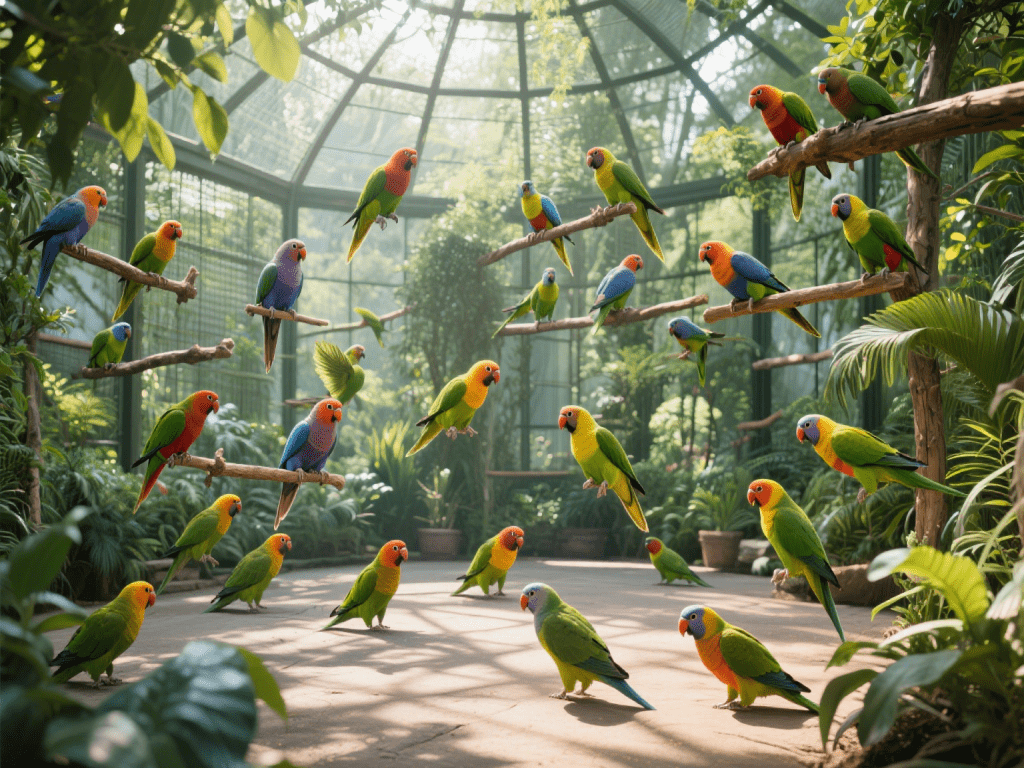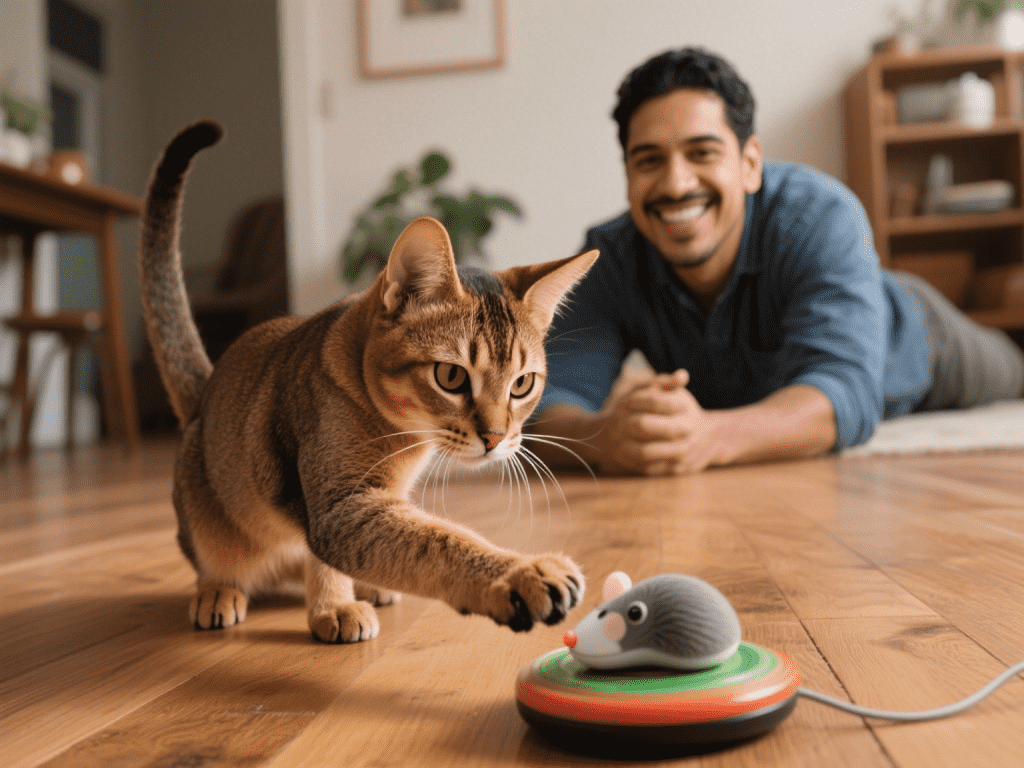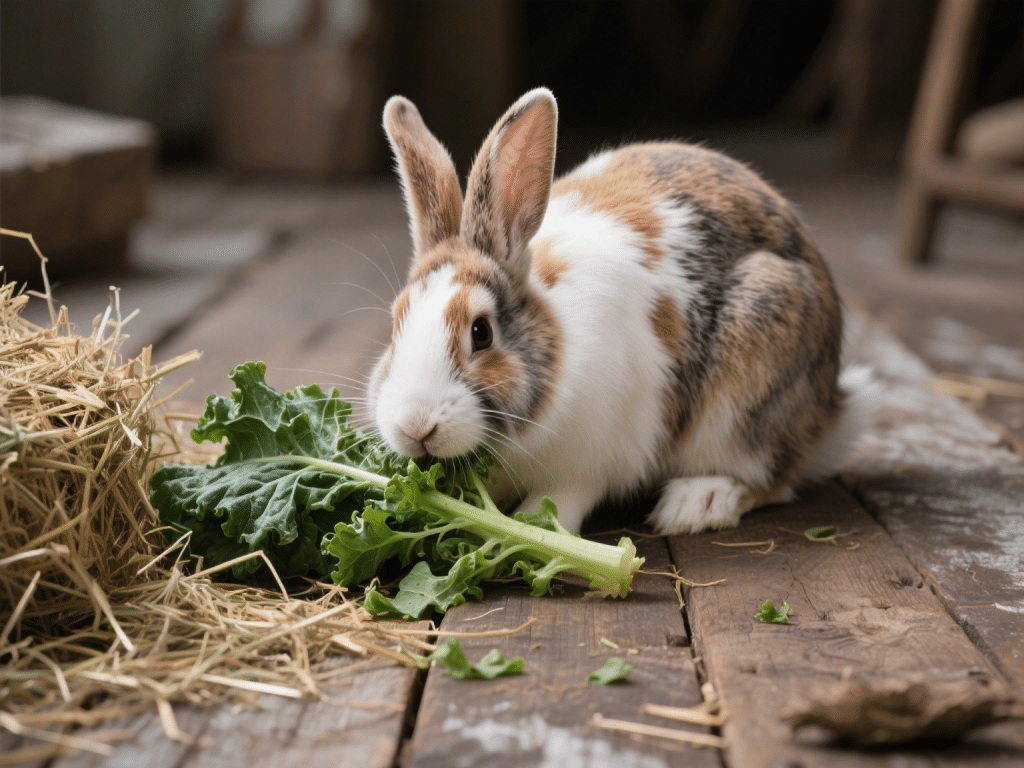Building the Ultimate Bird‑Safe Outdoor Aviary

An outdoor aviary gives birds space to stretch wings, bathe in natural sunlight, and explore environmental enrichment—benefits unmatched by indoor cages. Over twelve years building mixed‑species aviaries for rescues, I’ve honed designs that balance safety, durability, and stimulation. This guide provides a step‑by‑step plan to create an avian paradise in your backyard.
Site Selection & Planning
Location:
Choose a level, well‑drained area with morning sun and afternoon shade.
Avoid proximity to noisy equipment (AC units) or predator pathways.
Size & Shape:
Minimum 8 × 8 × 8 feet for small–medium parrots; larger species need 12 × 12 × 10 feet or more.
Rectangular designs optimize flight distance.
Materials & Security
Frame & Mesh:
Use galvanized steel frame for durability.
Cover with ½″ stainless‑steel aviary mesh—small enough to exclude squirrels, rats, and snakes.
Roof & Weatherproofing:
Install polycarbonate panels to shelter from rain while admitting UV light.
Seal all seams with outdoor‑grade silicone to prevent leaks.
Locking Mechanisms:
Double‑bolt latches on all doors and feeding hatches—prevent curious raccoons.
Interior Design & Enrichment
Perch Variety:
Provide natural branches of varying diameters and textures.
Position perches at multiple heights for flight exercise.
Vegetation & Foraging:
Plant non‑toxic, bird‑safe shrubs (roses, hibiscus) inside and around the aviary.
Hang foraging ropes, puzzle boxes, and bell clusters.
Bathing & Drinking Stations:
Include shallow water dishes with sloped edges for easy access.
Offer a gentle mister system for birds to bathe.
Predator & Pest Control
Ground Barrier:
Bury mesh 30 cm underground around perimeter to block digging predators.
Visual Deterrents:
Hang shiny streamers or reflective discs to deter raptors.
Regular Inspection:
Check mesh and frame weekly for gaps, rust, or wear.
Seasonal Considerations
Winter Protection:
Provide insulated nesting boxes and heated perches if temperatures drop below 10 °C.
Summer Cooling:
Install shade cloth over roof; use solar‑powered fans for air circulation.
Storm Preparedness:
Secure roof panels and tie‑down movable furnishings before predicted high winds.
Maintenance & Cleaning
Daily Checks:
Remove droppings, inspect feeders, and verify water stations.
Weekly Deep Clean:
Scrub perches and mesh with a mild disinfectant; rinse thoroughly.
Monthly Plant Care:
Prune vegetation and replace any wilted or toxic plants.
Conclusion
By thoughtfully combining robust materials, thoughtful layout, and plentiful enrichment, you’ll build an outdoor aviary that meets every physical and psychological need of your pet birds. This sanctuary will not only support their natural behaviors but also foster the joyous symphony of bird song in your own backyard. Happy building—and happy flocking!









Comments on "Building the Ultimate Bird‑Safe Outdoor Aviary" :